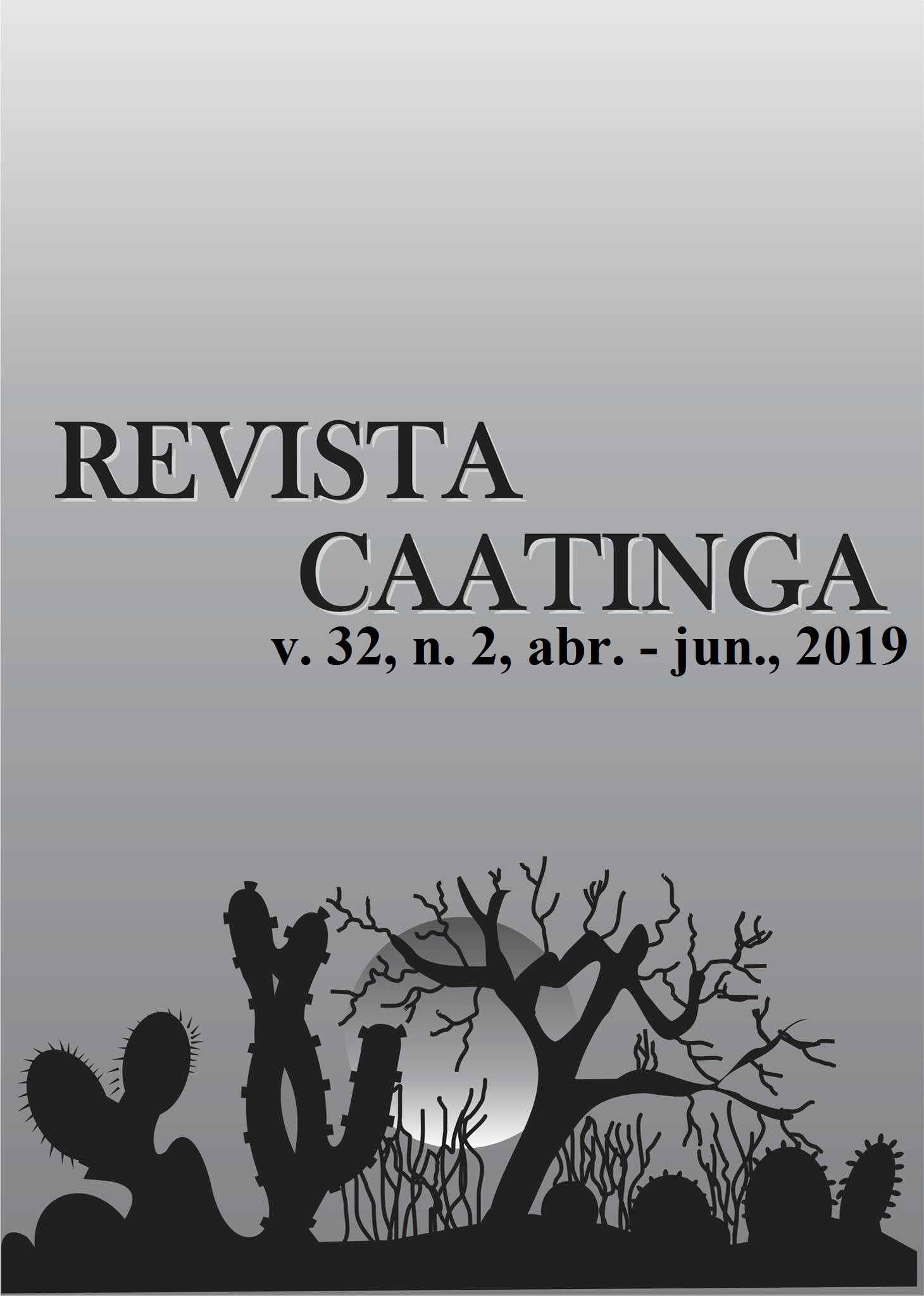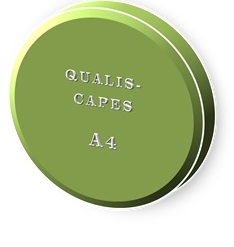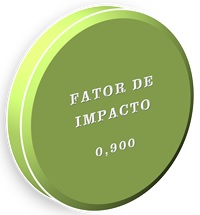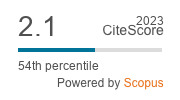NATIVE MICROBIOTA AND ARBUSCULAR MYCORRHIZAL FUNGI ON GROWTH OF Paspalum millegrana SCHRAD
DOI:
https://doi.org/10.1590/1983-21252019v32n207rcKeywords:
Poaceae. Soil microbiology. Endophytic fungi.Abstract
Paspalum millegrana grass is a member of the family Poaceae native to the Americas, whose interaction with native symbiotic fungi has not yet been reported. The objective of this study was to evaluate the interactions between the native microorganisms and arbuscular mycorrhizal fungi in the development of P. millegrana Schrad. The experimental design was completely randomized with seven treatments (control, without AMF; native microbial inoculant; native + UFLA05 Gigaspora albida; native + UFLA351 Rhizoglomus clarum; native + UFLA372 Claroideoglomus etunicatum; native + UFLA401 Acaulospora morrowiae, and a mix of all treatments). The substrate was autoclaved sand and coconut powder at 2:1, with eight repetitions. The variables analyzed were: mycorrhizal colonization, dark septate endophytic fungi colonization, number of mycorrhizal spores, dry shoot mass, dry root mass, root length and volume, number of tiller and mycorrhizal dependence. Mycorrhizal arbuscular fungi and dark septate endophytic fungi colonized P. millegrana. The sporulation of arbuscular mycorrhizal fungi associated with P. millegrana was influenced by mycorrhizal colonization, depending on the fungus-plant interaction. P. millegrana was responsive to native + UFLA05 and native + UFLA351. No correlation between tiller emergence and mycorrhizal colonization of P. millegrana was observed.
Downloads
Downloads
Published
Issue
Section
License
Os Autores que publicam na Revista Caatinga concordam com os seguintes termos:
a) Os Autores mantêm os direitos autorais e concedem à revista o direito de primeira publicação, com o trabalho simultaneamente licenciado sob a Licença Creative Commons do tipo atribuição CC-BY, para todo o conteúdo do periódico, exceto onde estiver identificado, que permite o compartilhamento do trabalho com reconhecimento da autoria e publicação inicial nesta revista, sem fins comerciais.
b) Os Autores têm autorização para distribuição não-exclusiva da versão do trabalho publicada nesta revista (ex.: publicar em repositório institucional ou como capítulo de livro), com reconhecimento de autoria e publicação inicial nesta revista.
c) Os Autores têm permissão e são estimulados a publicar e distribuir seu trabalho online (ex.: em repositórios institucionais ou na sua página pessoal) a qualquer ponto antes ou durante o processo editorial, já que isso pode gerar alterações produtivas, bem como aumentar o impacto e a citação do trabalho publicado (Veja O Efeito do Acesso Livre).







